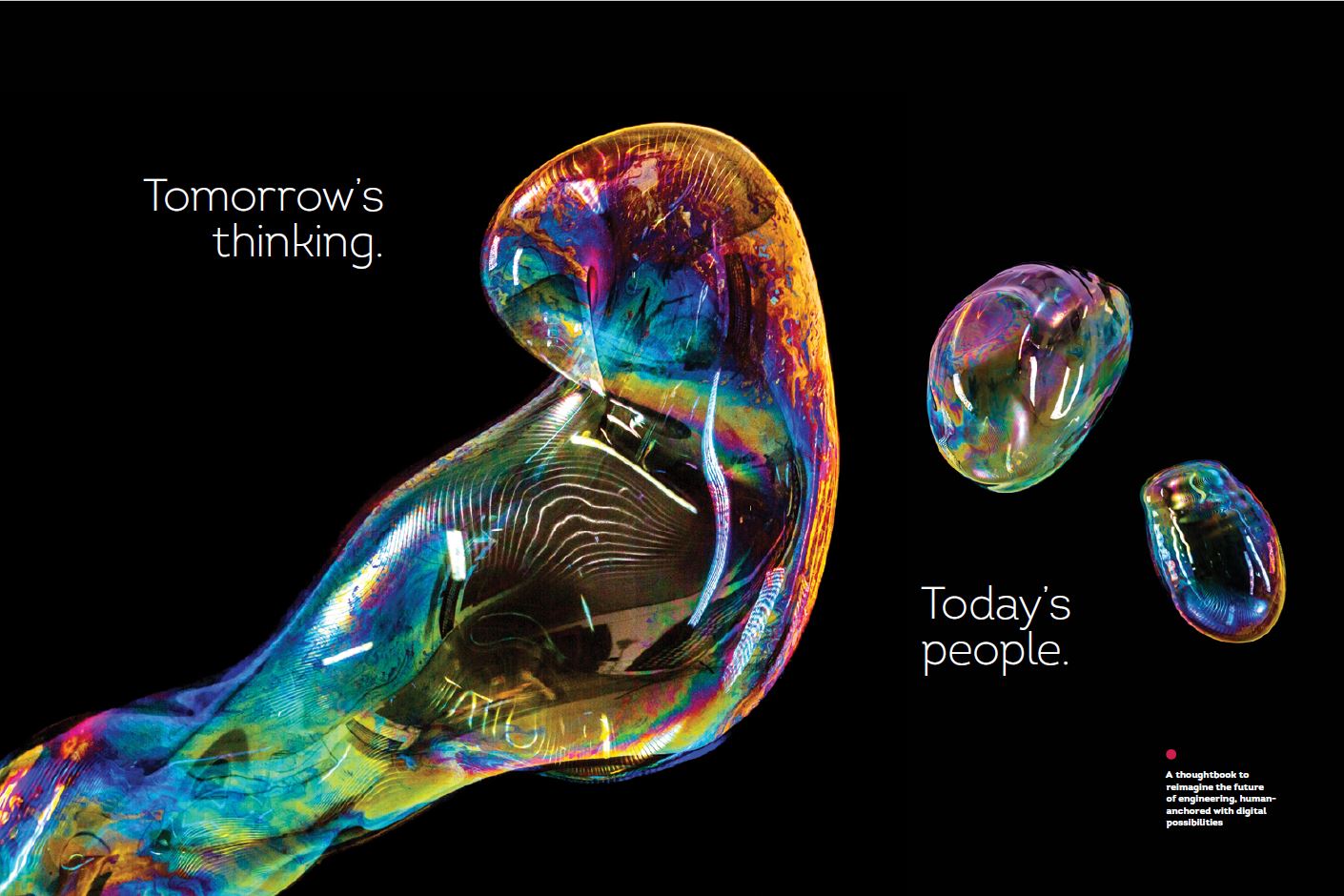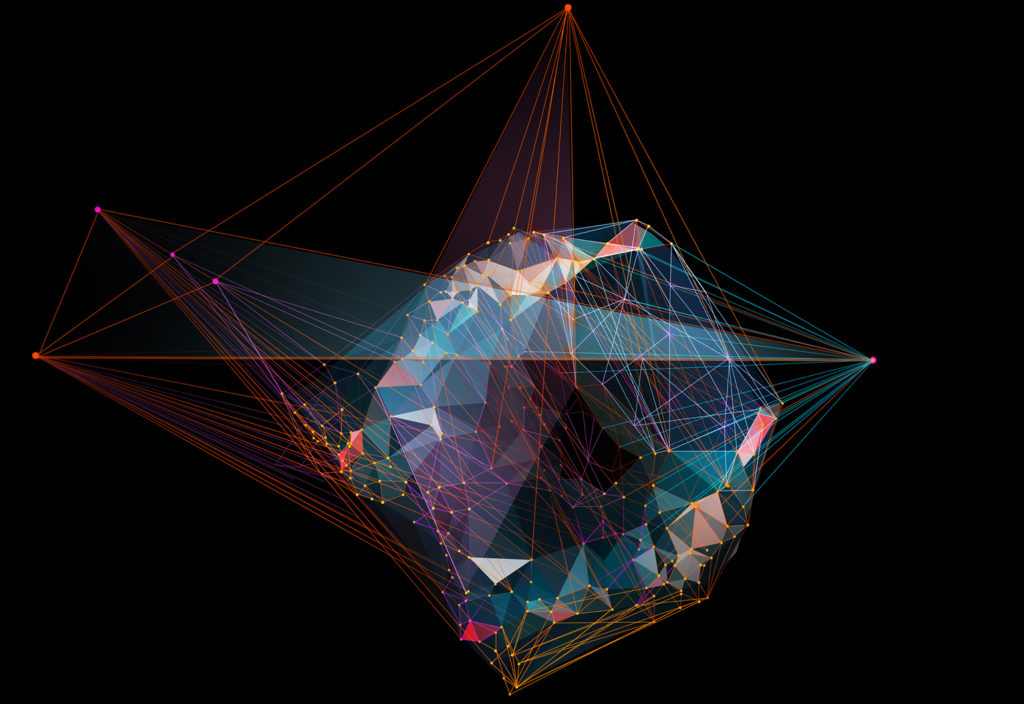To be a good engineer of the future takes more than just good ideas, training and an understanding of how things work. Past Engineers Australia National President Trish White writes about the skills tomorrow’s engineers will need in a new book that explores how engineers fit into Industry 4.0.
To be an engineer of the future, you need to imagine what is possible, have courage to reach out to people and technologies you do not currently know, and bring to your problem-solving an agile creativity that is applied with a human lens.
So where will we find these engineers of the future?
For a very long time we have sourced our engineers in a very ‘Industry 2.0’ type of way. Attentive parents inspecting the height and complexity of their three-year-olds’ Lego structures sagely identifying the budding practitioner — “Jamie’s a natural engineer”, they predict.
We then look to school children showing aptitude in the “science” of engineering, narrowing our focus to those good at mathematics and the physical sciences in order to create our talent pool of potential engineers.
By the time our engineering pipeline gets to the university gate, we find few school-leavers have studied the prerequisite school subjects for entry into engineering courses, let alone made the commitment to an intensive four-year engineering degree.
What if, perhaps, we took instead a design-thinking approach to the problem?
What if we started with the grand challenges of our time: improving human health, or finding better solutions to sustainable energy provision, or making our cities function more effectively?
What if we thought about our users, their needs and the insights we could bring to solve their problems, and then work backwards to design the type of engineer perfect for the task?
It would be someone with the capacity and competence to challenge the assumptions implicit in that which already exist, someone with the creativity to innovate for a better solution, someone with the determination to make sure their approach works.
Where would we look for our engineering talent pool if we took that approach?
Outside the box
For a start, we would pay more attention to the people with aptitude for those skills who are already in, or motivated to enter, our workforce. We’d identify the capabilities we need to solve the engineering challenges and look for those who would mean for us the best fit to bridge any capability gap we face.
Of course, ours would not be a single pipeline that denies those who miss the school entry-point, forever reminding them of their lesser status to the anointed. We would look broadly and inclusively, with keen attention to developing the young but at the same time focusing on the opportunities that present with the experienced.
We’d also think of ways to build the competencies for the future into our business and organisational approaches. We’d think of this for our engineers not as a one-time achievement of a credential or two, but as a journey of insightfulness through important touch points that build upon each other in a way that adds up to much more than the individual parts. We would know that some competences take a long time to build and some can be gained usefully in short engagements.
Industry 4.0 Higher Apprenticeships (that bridge the current gap between technical training and university education) is an example of a program that widens the enrolling demographic.
This program focuses keenly on the practical competencies required by the advanced manufacturing sector in our Industry 4.0 world.
Co-designed by industry and academia to ensure relevance, with integration of trade skills into higher-level qualifications in Industry 4.0 technologies and accredited through an associate degree (from Swinburne University), the program gives participants first-hand work experience to ensure development of practical workplace skills.
Similarly, recent approaches to STEM programs in schools by Engineers Australia and others seek to present engineering problem-solving in a much more attractive and practical way, and the advent in a small number of Australian schools of “engineering” subjects is aimed at ramping up both the interest and preparedness of our potential engineers.
The starting point for these engagements is the real-world challenges that we as humans care about. The scale, scope and gathering pace of Industry 4.0 transformation is changing the nature of engineering work and placing engineers front and centre as key influencers shaping our future society.
Engineer 2.0
So, if our starting point is the problems that companies and organisations are trying to solve, then what are the important shifts in the nature of engineering work arising with Industry 4.0 and what implications are there for our engineers of the future?
For a start, all engineers will need to know the digital world; uptake of smart automation, artificial intelligence (AI) and virtual / augmented reality within industry is prioritising a new required skill set with new data analytical capabilities also rising in importance.
Employers expect engineers to have deep technical skills but they also want their engineers to be able to reach broadly to find the best technologies and know how to bring them into a venture, to be able to innovate and communicate well. Communities are demanding ‘smarter’ infrastructure, products and services.
In that context, the job of today’s engineer is more than delivering to a specification on time and on budget; it’s about influencing outcomes for projects that make a difference to people’s lives. Customer and user focus is central in the Industry 4.0 environment of customisation and personalisation.
While advanced technologies are becoming more accessible, engineers must also apply an ethical lens. In 2018, at the Australian Engineering Conference hosted by Engineers Australia, Geoffrey Robertson QC ran a provocative “hypothetical”, which caused engineers to think deeply about their own biases when building the algorithms that will control robotic machines that might love, think, care for the ill, or kill.
It’s important that engineers step forward to take responsibility and use their influence for better societal outcomes as they contemplate how to organise the interface between machine and human.
Engineers must step forward to influence decision-making in delivery of an Industry 4.0 future, because if they sit back, the “possible” will play second to the convenient.
This article is an excerpt from Tomorrow’s thinking. Today’s people., a thoughtbook released today by GHD Digital to coincide with global celebrations of World Engineering Day.

The book includes reflections and insights from more than 40 leaders across industry, government and academia worldwide.
